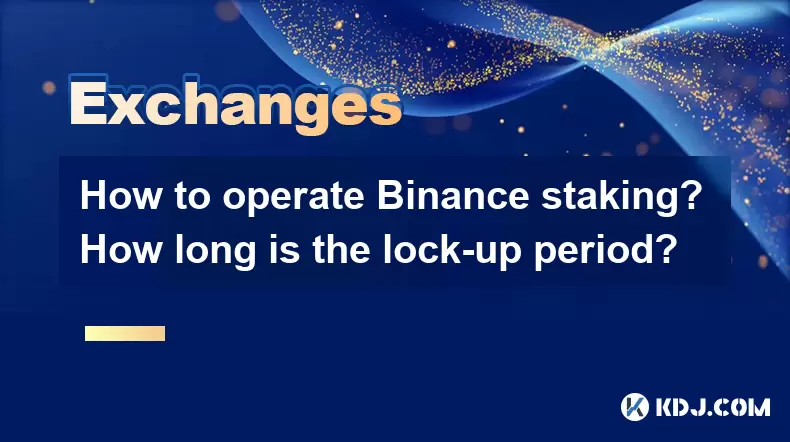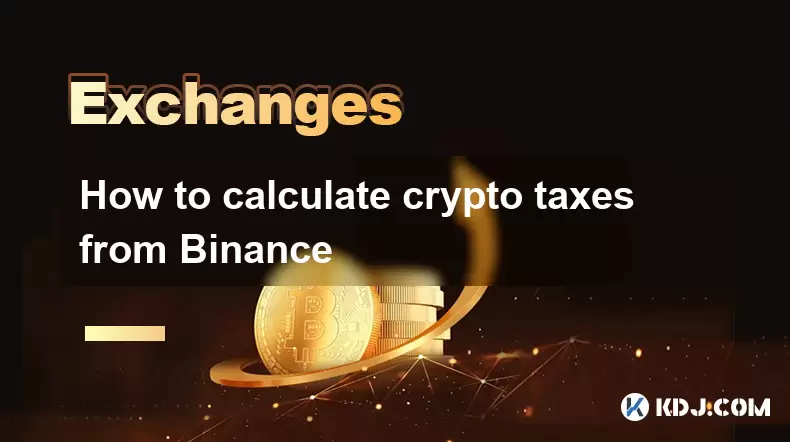-
 Bitcoin
Bitcoin $117500
2.15% -
 Ethereum
Ethereum $3911
6.19% -
 XRP
XRP $3.316
10.79% -
 Tether USDt
Tether USDt $1.000
0.01% -
 BNB
BNB $787.2
2.24% -
 Solana
Solana $175.2
4.15% -
 USDC
USDC $0.9999
0.00% -
 Dogecoin
Dogecoin $0.2225
8.40% -
 TRON
TRON $0.3383
0.28% -
 Cardano
Cardano $0.7868
6.02% -
 Stellar
Stellar $0.4382
9.34% -
 Hyperliquid
Hyperliquid $40.92
7.56% -
 Sui
Sui $3.764
7.63% -
 Chainlink
Chainlink $18.48
10.66% -
 Bitcoin Cash
Bitcoin Cash $582.1
1.88% -
 Hedera
Hedera $0.2601
6.30% -
 Avalanche
Avalanche $23.33
4.94% -
 Ethena USDe
Ethena USDe $1.001
0.02% -
 Litecoin
Litecoin $122.3
2.04% -
 UNUS SED LEO
UNUS SED LEO $8.969
-0.27% -
 Toncoin
Toncoin $3.339
0.86% -
 Shiba Inu
Shiba Inu $0.00001287
4.30% -
 Uniswap
Uniswap $10.43
7.38% -
 Polkadot
Polkadot $3.861
5.08% -
 Dai
Dai $1.000
0.02% -
 Bitget Token
Bitget Token $4.513
3.41% -
 Monero
Monero $267.7
-6.18% -
 Cronos
Cronos $0.1499
4.14% -
 Pepe
Pepe $0.00001110
5.15% -
 Aave
Aave $284.9
8.28%
How to operate Binance staking? How long is the lock-up period?
Stake crypto on Binance to earn passive income; choose between locked or flexible staking, and manage your portfolio to maximize returns.
May 16, 2025 at 07:56 pm

Introduction to Binance Staking
Binance Staking is a feature provided by the Binance exchange that allows users to earn passive income on their cryptocurrency holdings. By staking certain cryptocurrencies, users can participate in the validation process of blockchain networks and receive rewards in return. Understanding how to operate Binance Staking and the associated lock-up periods is crucial for maximizing your returns.
How to Operate Binance Staking
To start staking on Binance, follow these detailed steps:
Log into Your Binance Account: Ensure you are logged into your Binance account. If you don't have an account, you'll need to create one and complete the verification process.
Navigate to the Staking Section: Once logged in, go to the top navigation bar and click on "Finance." From the dropdown menu, select "Staking."
Choose a Staking Product: On the Staking page, you'll see various staking products listed. These products can be categorized into Locked Staking and Flexible Staking. Locked Staking requires you to commit your assets for a fixed period, while Flexible Staking allows you to unstake your assets at any time.
Select the Cryptocurrency to Stake: Choose the cryptocurrency you want to stake. Binance supports staking for a variety of cryptocurrencies, including but not limited to BNB, ETH, and DOT.
Review the Staking Details: Before proceeding, review the details of the staking product, such as the estimated annual percentage yield (APY), the minimum and maximum staking amounts, and the lock-up period.
Enter the Staking Amount: Input the amount of cryptocurrency you wish to stake. Ensure that the amount meets the minimum requirement for the chosen staking product.
Confirm the Staking Transaction: After entering the amount, click on "Stake Now" or a similar button. You will be prompted to confirm the transaction. Review the details carefully and confirm.
Wait for the Staking to Begin: Once the transaction is confirmed, your assets will be staked, and you will start earning rewards based on the terms of the staking product.
Understanding the Lock-Up Period
The lock-up period is the duration for which your staked assets are committed and cannot be withdrawn. The length of the lock-up period varies depending on the staking product you choose. Here are some common lock-up periods for different staking products on Binance:
Locked Staking: This type of staking often has fixed lock-up periods, which can range from 1 day to several months or even years. For example, staking BNB might have options for 30 days, 60 days, or 90 days.
Flexible Staking: As the name suggests, flexible staking does not have a fixed lock-up period. You can unstake your assets at any time, but the APY might be lower compared to locked staking.
DeFi Staking: Some DeFi staking products on Binance might have different lock-up periods, which can be influenced by the underlying DeFi protocol. These can range from a few days to several weeks.
How to Unstake Your Assets
If you have chosen a locked staking product, you will need to wait until the lock-up period ends before you can unstake your assets. Here's how to unstake your assets on Binance:
Navigate to the Staking Section: Go to the "Finance" section and click on "Staking."
Find Your Staked Assets: Locate the staking product you are currently participating in.
Initiate the Unstaking Process: If the lock-up period has ended, you will see an option to unstake your assets. Click on "Unstake" or a similar button.
Confirm the Unstaking Transaction: Review the details of the unstaking transaction and confirm. Your assets will be returned to your spot wallet once the transaction is processed.
For flexible staking, the process is simpler:
Navigate to the Staking Section: Go to the "Finance" section and click on "Staking."
Find Your Staked Assets: Locate the flexible staking product you are participating in.
Initiate the Unstaking Process: Click on "Unstake" or a similar button.
Confirm the Unstaking Transaction: Review the details and confirm. Your assets will be returned to your spot wallet immediately.
Calculating Your Staking Rewards
The rewards you earn from staking on Binance depend on several factors, including the amount staked, the APY of the staking product, and the duration of the staking period. Here's how you can calculate your potential rewards:
Determine the APY: The APY is the annual percentage yield offered by the staking product. This can be found on the staking product details page.
Calculate Daily Rewards: To calculate your daily rewards, use the formula: Daily Rewards = (Staked Amount APY) / 365*.
Calculate Total Rewards: To find the total rewards for the staking period, multiply the daily rewards by the number of days in the staking period.
For example, if you stake 100 BNB at an APY of 10%, your daily rewards would be (100 0.10) / 365 = 0.0274 BNB. If the lock-up period is 30 days, your total rewards would be 0.0274 30 = 0.822 BNB.
Managing Your Staking Portfolio
To maximize your returns and manage your staking portfolio effectively, consider the following strategies:
Diversify Your Staking: Instead of staking all your assets in one cryptocurrency, consider diversifying across multiple cryptocurrencies to spread the risk.
Monitor APYs: APYs can change over time, so it's important to monitor them and adjust your staking strategy accordingly. If a staking product's APY decreases significantly, you might want to consider moving your assets to a different product.
Reinvest Your Rewards: To compound your returns, consider reinvesting the rewards you earn back into the staking product. This can significantly increase your overall earnings over time.
Stay Informed: Keep up to date with the latest news and developments in the cryptocurrency space, as these can impact the performance of your staked assets.
Frequently Asked Questions
Q: Can I stake any cryptocurrency on Binance?
A: No, not all cryptocurrencies are available for staking on Binance. The platform supports staking for a specific list of cryptocurrencies, which can be found in the Staking section of the Binance website.
Q: What happens if I need to access my staked assets before the lock-up period ends?
A: If you have chosen a locked staking product, you will not be able to access your staked assets until the lock-up period ends. If you need liquidity, consider using flexible staking products, which allow you to unstake your assets at any time.
Q: Are there any fees associated with staking on Binance?
A: Binance does not charge any fees for staking. However, you should be aware of any network fees that might be associated with the staking and unstaking transactions.
Q: How often are staking rewards distributed?
A: Staking rewards on Binance are typically distributed daily, but the exact frequency can vary depending on the staking product. You can check the specific details for each staking product on the Binance website.
Disclaimer:info@kdj.com
The information provided is not trading advice. kdj.com does not assume any responsibility for any investments made based on the information provided in this article. Cryptocurrencies are highly volatile and it is highly recommended that you invest with caution after thorough research!
If you believe that the content used on this website infringes your copyright, please contact us immediately (info@kdj.com) and we will delete it promptly.
- Tron's Sell-Off Spurs Altcoin Shift: What's Next for TRX?
- 2025-08-08 08:30:12
- RUVI Presale: Is the Growth Potential Real?
- 2025-08-08 09:10:12
- Sleep Token's US Takeover: Thornhill Rides the 'Even In Arcadia' Wave
- 2025-08-08 08:30:12
- FTT Token's Wild Ride: Creditor Repayments vs. Market Drop - A New Yorker's Take
- 2025-08-08 07:10:12
- Floki Crypto Price Prediction: Riding the Robinhood Rocket or Just a Meme?
- 2025-08-08 07:15:12
- EigenLayer, Restaking, and Ethereum: Navigating the Hype and the Hazards
- 2025-08-08 06:30:12
Related knowledge

How to use margin trading on Poloniex
Aug 08,2025 at 09:50am
Understanding Margin Trading on Poloniex

How to use advanced trading on Gemini
Aug 08,2025 at 04:07am
Understanding Advanced Trading on GeminiAdvanced trading on Gemini refers to a suite of tools and order types designed for experienced traders who wan...

How to deposit USD on Bitstamp
Aug 07,2025 at 05:18pm
Understanding Bitstamp and USD DepositsBitstamp is one of the longest-standing cryptocurrency exchanges in the industry, offering users the ability to...

How to use the Kraken Pro interface
Aug 08,2025 at 09:57am
Understanding the Kraken Pro Interface LayoutThe Kraken Pro interface is designed for both novice and experienced traders seeking a streamlined experi...

How to find my transaction ID on Gemini
Aug 08,2025 at 12:50am
Understanding the Transaction ID in Cryptocurrency ExchangesA transaction ID (TXID) is a unique alphanumeric string that identifies a specific transfe...

How to calculate crypto taxes from Binance
Aug 08,2025 at 07:56am
Understanding Cryptocurrency Taxation on BinanceCalculating crypto taxes from Binance requires a clear understanding of how tax authorities classify d...

How to use margin trading on Poloniex
Aug 08,2025 at 09:50am
Understanding Margin Trading on Poloniex

How to use advanced trading on Gemini
Aug 08,2025 at 04:07am
Understanding Advanced Trading on GeminiAdvanced trading on Gemini refers to a suite of tools and order types designed for experienced traders who wan...

How to deposit USD on Bitstamp
Aug 07,2025 at 05:18pm
Understanding Bitstamp and USD DepositsBitstamp is one of the longest-standing cryptocurrency exchanges in the industry, offering users the ability to...

How to use the Kraken Pro interface
Aug 08,2025 at 09:57am
Understanding the Kraken Pro Interface LayoutThe Kraken Pro interface is designed for both novice and experienced traders seeking a streamlined experi...

How to find my transaction ID on Gemini
Aug 08,2025 at 12:50am
Understanding the Transaction ID in Cryptocurrency ExchangesA transaction ID (TXID) is a unique alphanumeric string that identifies a specific transfe...

How to calculate crypto taxes from Binance
Aug 08,2025 at 07:56am
Understanding Cryptocurrency Taxation on BinanceCalculating crypto taxes from Binance requires a clear understanding of how tax authorities classify d...
See all articles

























































































